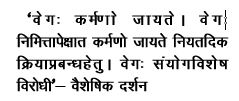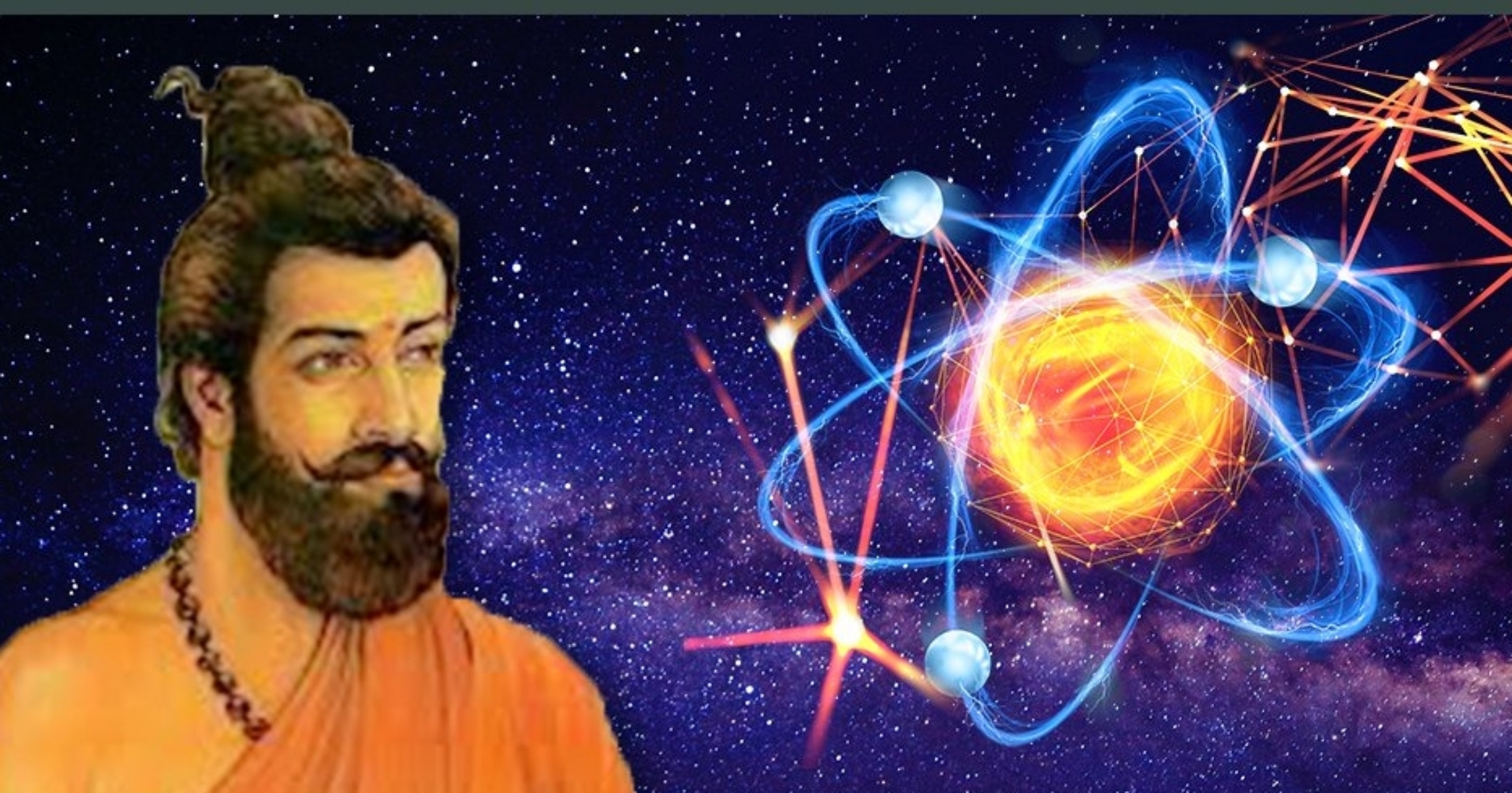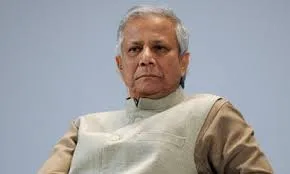The physical world originates from the combination of microscopic particles atoms – the father of this theory was Maharishi Kanad. The modern era molecular scientist John Dalton (6 September 1766 – 27 July 1844) must have also known this. Apart from this, Maharishi Kanad had given three laws of motion before Newton.

Velocity (Arises on the five substances due to special action and due to the action being taken in a regular direction, it is destroyed or created by a special force.
Do you know that Newton had stolen the principles of Law of Motion given by Rishi Kanad 2500 years ago, even Harvard University has accepted this. Before Newton, this theory was explained by Maharishi Kanad in his book Vaisheshika Sutra.
Today you must be reading in schools that the one who gave the atomic theory in the 19th century is John Dalton and the one who gave the theory of the laws of motion in the 17th century is Newton, but this is not true, both these theories were first given by Rishi Kanad 2500 years ago.
Our country has been thinking about the issues of soul, God, creation of the world and the process of its operation since time immemorial. The feeling that the Maharshi got through this contemplation has been given the name of ‘Darshan’. The six parts of Indian Vedic philosophy are Nyaya, Mimamsa, Vaisheshika, Sankhya, Yoga and Vedanta. Among them was Maharishi Kanad, the originator of Vaisheshika philosophy.
According to Vayu Purana, Maharishi Kanad was born in Prabhaspatana near Dwarka and was a disciple of Somsharma. It is believed that his real name was Uluk Muni. According to scholars, the time of Maharishi Kanad is considered to be 400 years before Christ. Although some scholars consider him before Buddha. He used to satisfy his hunger by picking grains of food that had fallen in the fields. In this way, because of eating grain particles and being the originator of the principle of particles, you were called Kanada.
Your Vaishaishika Sutra is the basic text of Vaishaishika philosophy, Prashastapad had written a commentary on it called Padarth Dharmasangraha. The basis of Vaishishika philosophy is atom. One sixtieth part of a microscopic particle that is seen floating in the sunlight coming through the mesh of a window is called an atom. These atoms are eternal and due to their characteristics, they have different existence in every substance. Due to the analysis of these characteristics, this philosophy was called Vaisheshika philosophy.
According to Vaisheshika philosophy, the world is divided in 7 parts Dravya, Guna, Karma, Samanya, Vishesh, Samvaya and Abhava. According to Maharishi Kanad, the world was created by nine dravyas Prithvi, jal , tej, vayu, kaal, dik, Aatma and Manas . There are 24 qualities in this universe: form, taste, smell, sound, touch, happiness, sorrow, desire, hatred, effort, number, magnitude, separateness, Coincidence, division, element, non-existence, gravity, fluidity, intelligence, affection, sanskar, religion and unrighteousness.
There are five types of karma: projection, absorption, contraction, expansion and movement. The support of unity of mind arising from similarity in many things is called common, such as humanity.
In this book, Kanad Rishi has shown the characteristics of religion in this way.
Yatobhyudayanihshreyasiddhih sa dharmah. That is, the religion in which both Abhyudaya (happiness and prosperity of this world) and Nishreyas (transcendental salvation) can be achieved is achieved.
Dr. Ayush Gupta, Assistant Professor, Department of Vedic Studies, Dr. Harisingh Gaur University, Sagar (Madhya Pradesh)























